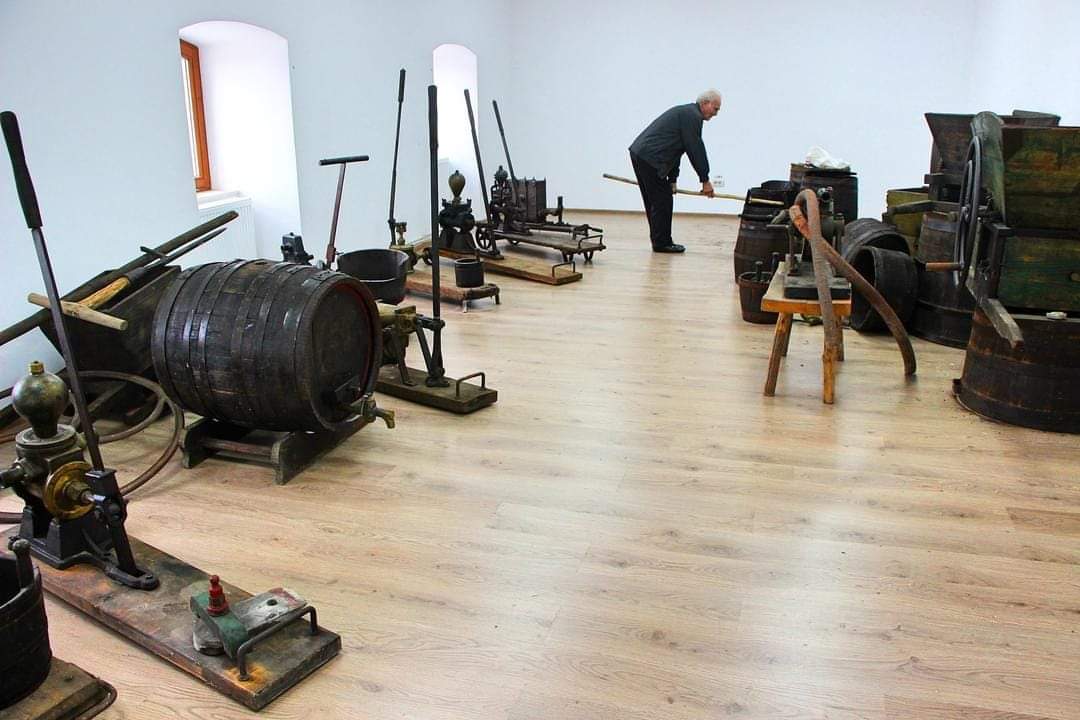Wine is the divine drink, being mentioned even in the Bible. It would seem normal to associate a parish priest with the ancestral drink. But Father Petru Darau focused on the work behind the miraculous liquor. And he opened a wine museum, with over 300 exhibits.
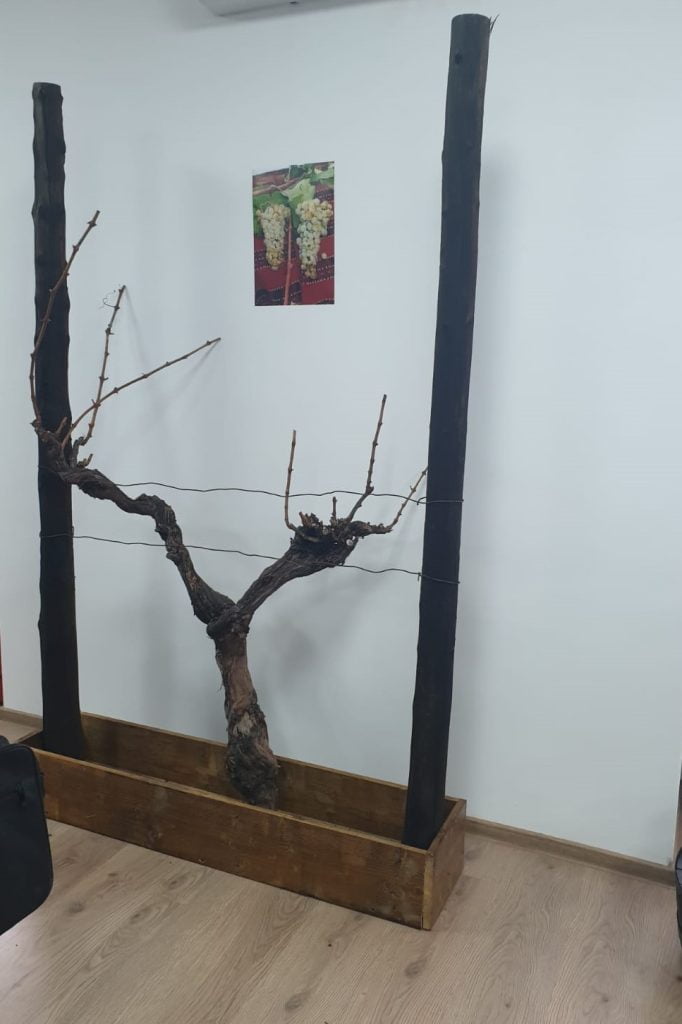
There is a time for every passion
At his 71, the parish priest Petru Darau inaugurated the first Museum of Grapevine and Wine in the city of Pancota, becoming the second museum specialized from the Minis-Maderat vineyard (Arad, Romania).
The first museum in the area was founded in 1988: the Minis Grapevine and Wine Museum, within the Minis Viticulture and Winemaking Research and Development Station (Ghioroc, Arad, Romania). Here we find archaeological pieces (vessels, pots, amphorae), tools, installations, official papers and photos regarding the history of viticulture and winemaking, and references for one of the oldest wine-growing areas documentary mentioned.
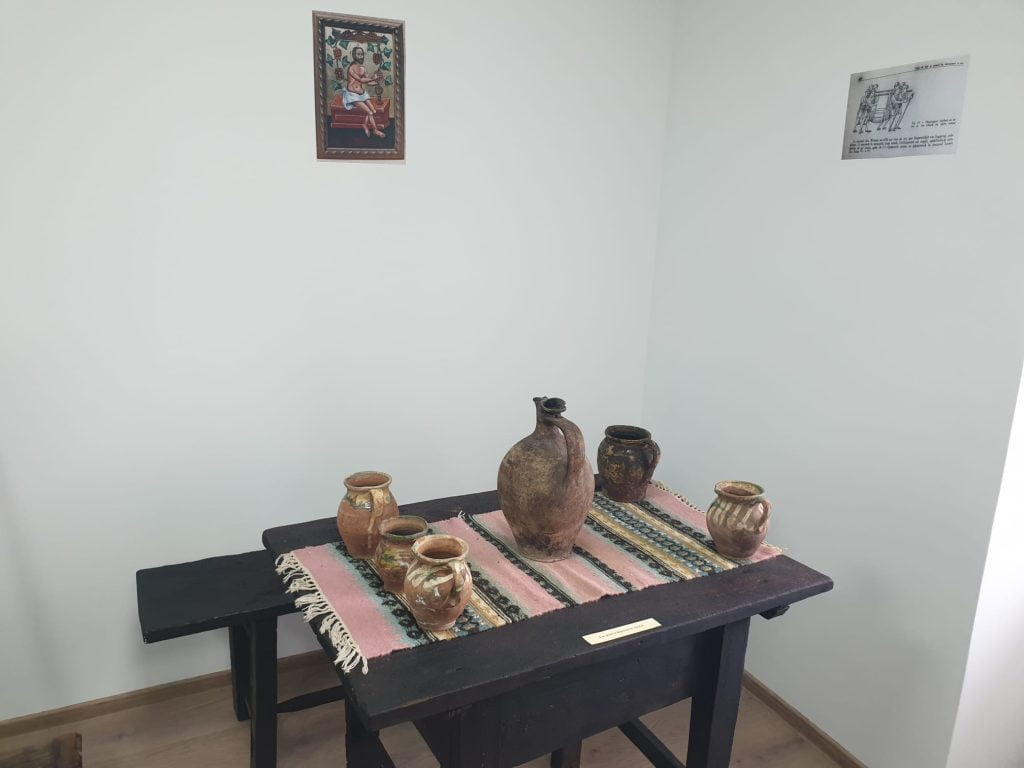
The inauguration of this museum is due to the passion for viticulture of a man who comes from a totally different field. The new museum includes over 300 exhibits from various countries (Hungary, Switzerland, Serbia, Romania), brought together through the efforts of the passionate priest Darau. You can see up close both manual pumps for transfer, sprayer pumps, bottling and decanting tools, various grape harvest wood baskets and small wood vessels for picking grapes, crushers and presses of various sizes, as well as tillage machines. All these were restored and collected by the DARAU PRO PANCOTA Association.
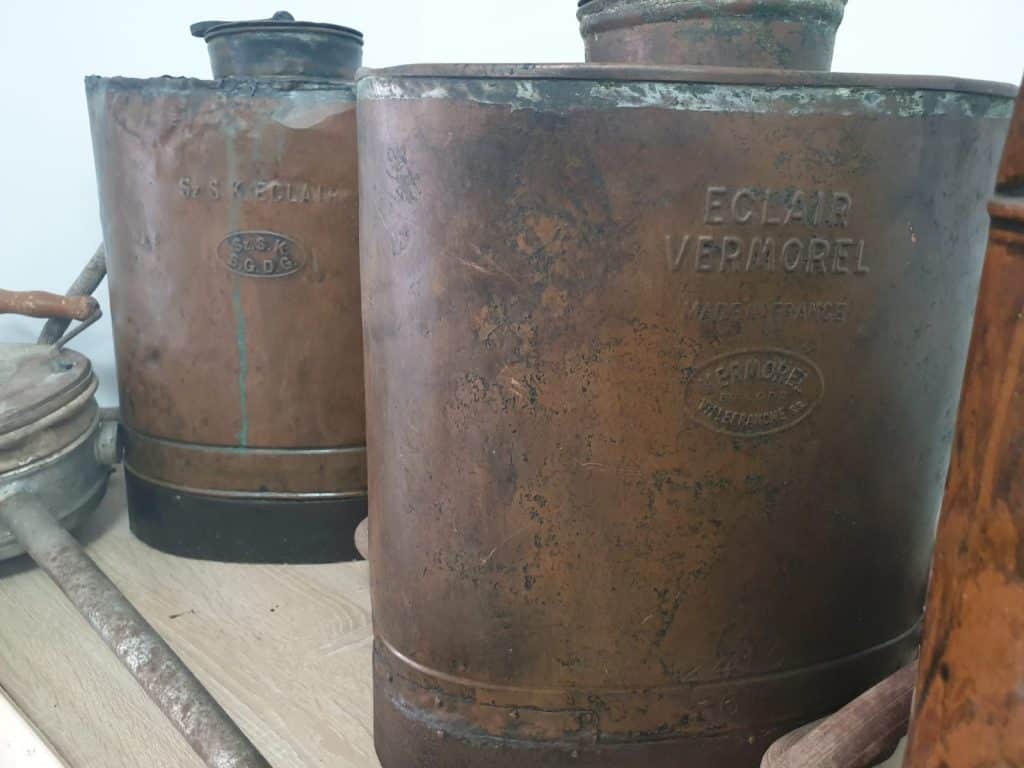
Darau priest – the man
Graduated in Theology in 1975, priest Darau Petru discovered a passion for grapevine and its products during his priesthood in Pancota Parish. As a grapevine grower on Maderat’s Hill, he felt firsthand how hard it is to turn grapes into wine. But also with such beauty. This is how the need to learn theoretically what he was doing practically arose, full of respect and humility.
The priest goes to the Faculty of Horticulture and Forestry in Timisoara where he enrolls in the master’s degree. In 2012, he successfully promoted the master’s program – Quality of wine products and by-products. Almost 10 years later, Petru Darau published in 2021, together with his co-authors, the book "Universality of Grapevine", the revised and completed edition.
So many unexpected curious to the new museum
This achievement would not have been possible without the indisputable connection of the grapevine with biblical texts. This connection is often described and painted on the walls of places of worship, on various icons or engraved in wood, stone, glass and other materials available at that time. Many of these testimonies are now exposed in the museum that includes an entire floor of the Pancota City Cultural Center. The space and utilities were provided by the City Hall, following the partnership between it and the DARAU PRO PANCOTA Association.
The purchase, restoration and collection of many objects exposed in the museum were financially supported by the good priest. "My passion put the family’s patience to a real trial", he shared with us during the Museum opening speech.
The event was attended by various officials from the area, academic and viticultural specialists, a lot of Pancotans (citizens from Pancota city), curious people from neighbouring towns, or even further away from these vineyards, such as Oradea, Arad and Timisoara. The event hall was full, and the 250 seats on the chairs were quickly occupied, but that did not stop the visitors from participating to the event, so they also stood, waiting with love and patience (when you are curious, any minute seems for you like an eternity!!), to discover the mystery from the upper floor.
Among the exhibits, going back in time
The story starts from the first step of the stairs that lead you to the museum. Once you reach the first floor, you notice that the museum is structured in rooms, one for each activity in the field of wine grape processing and wine production. Entering these rooms one by one, you notice that the technological flow has been taken into account. First we see the tools for processing staves, barrels and work tools. In the second room, you will find the grape transport vessels, crushers and hand-operated transfer pumps, most of them from different generations with specific characteristics, but with the same final purpose.
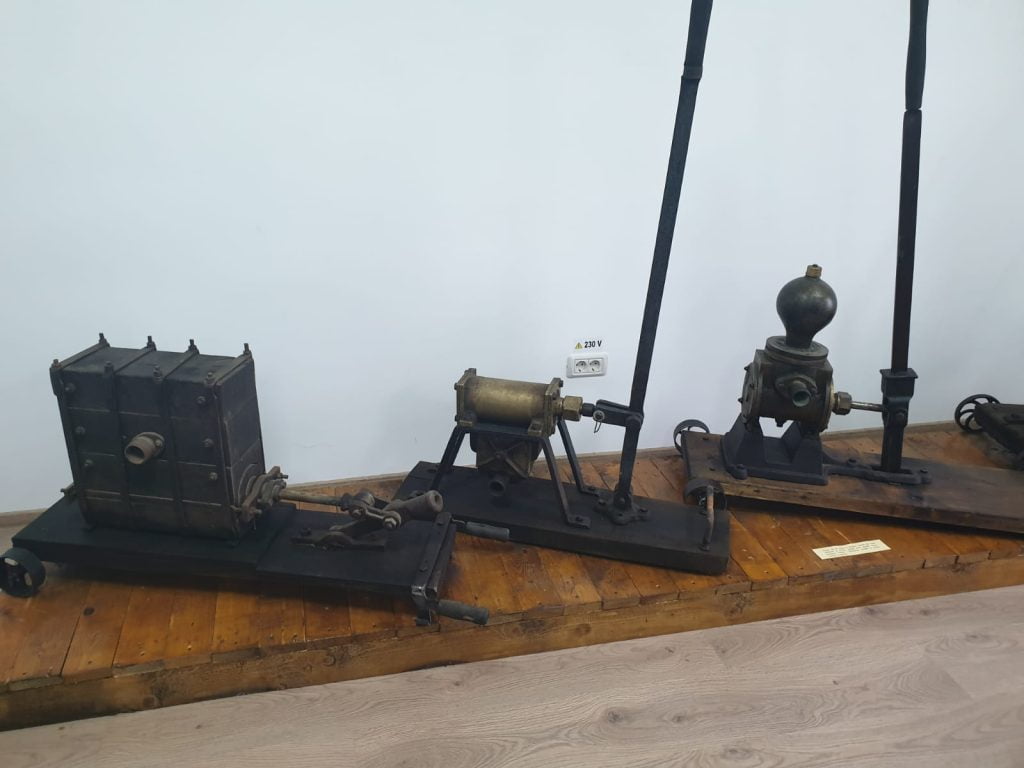
Looking more closely at many of the exhibits, you can’t help but wonder and imagine what it would have been like if you caught that period, with the difficulties faced and felt by those before us, every pressure and lifting the operating arm of the transvasation pump and every kilogram of "Vermorel" sprayer’s pump or other device difficult to carry on. It is well known that the ancient devices for processing grapes and not only that, were much heavier and more rudimentary than those that exist today.
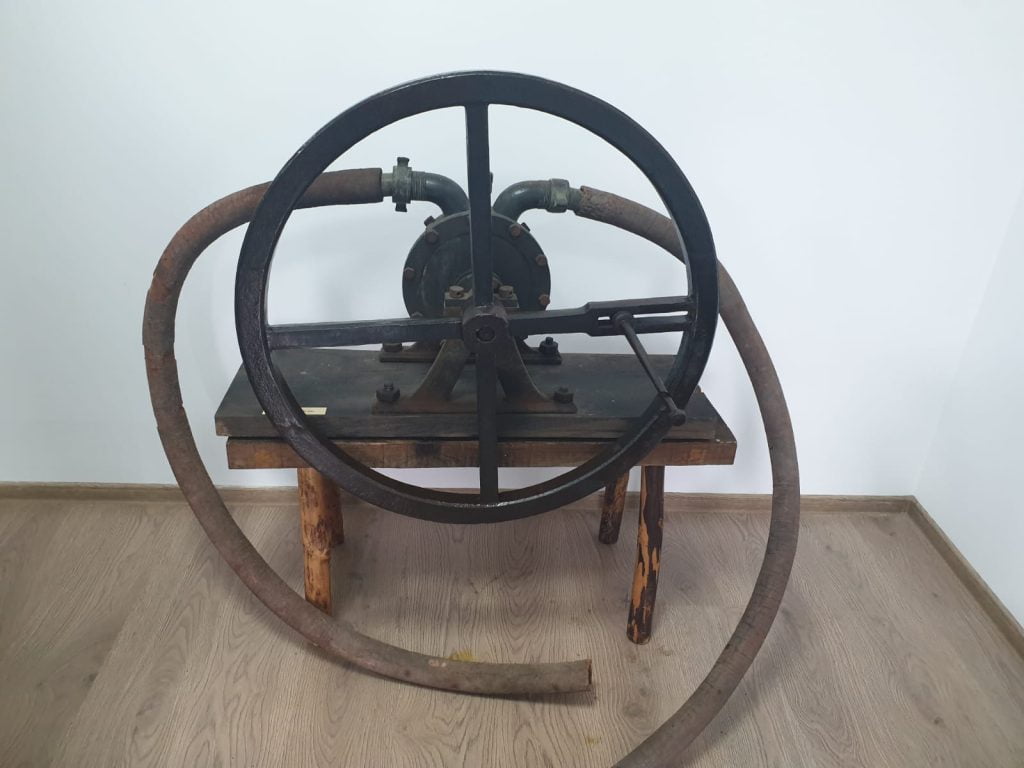
That’s why such a place makes you appreciate a good wine with a different mindset, especially a wine from the Minis-Maderat vineyard area. The hardship with which the wine was made at that time is respectable, without controlled conditions, without machines with buttons, without touch screens and without google, to open it when you don’t know something.
The experience continues, but I leave a bit of mystery for the next visitors.
Sources:

